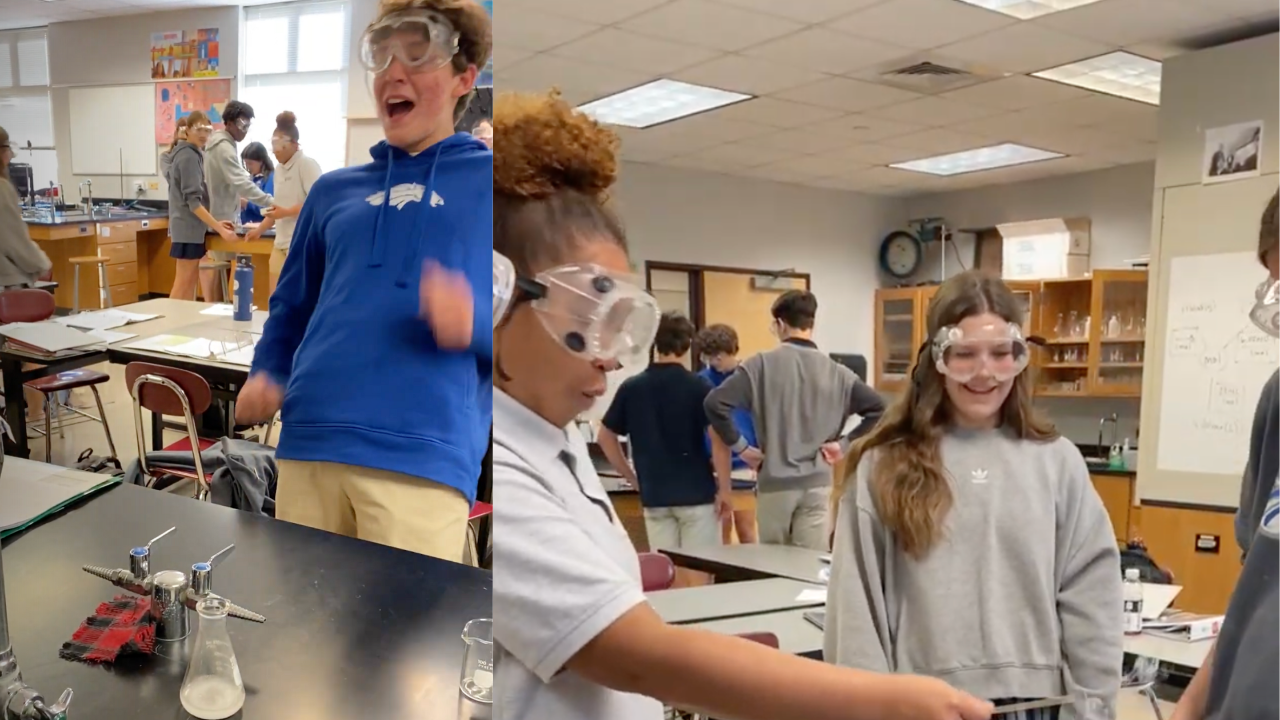How to Prevent Teacher Burnout

I was asked yesterday by a teacher how I am still going strong after 38 years in education (30 as a classroom teacher). Her school starts later than mine and she took time to visit one of my classes in order to see how I build a culture of learning. She specifically wanted to know what I did with students to prepare them for success in a flipped classroom, but our conversation took a different direction.
When she asked the question: How are you still teaching? Initially, I didn’t know how to respond—but then as we talked further—she actually answered the question herself.
But before I tell you what she said, take a glimpse into what she had just seen in my classroom. My 80-minute block had four phases:
Question of the Day: A three-minute bonding activity; our question of the day. This doubles as attendance. Yesterday's question was: What was your favorite cartoon character as a child? I bantered with the students as they mentioned cartoon characters that I was completely unfamiliar with. I had only seen these students four times and already the conversation was relaxed and fun. I informed my students that they would discover that Mr. Bergmann is pretty culturally ignorant and we had a laugh about that.
Short Demonstration: Next up we got out some chemicals and kids were up and actively mixing them and talking about why they were seeing a chemical change.
Self-Directed Time: Students were then tasked with interacting with an instructional video I had created and answering a few questions about it. Though this is a flipped class, this is only the second week of school and I realize my students don’t really know how to watch an instructional video. So I watch them watch it. More specifically, I am tutoring students who are not interacting with the content. I do this so that when they have to watch these videos outside of class, they will be effective. Also during this time, I am moving around the classroom and chatting with students. If I see them struggling, I immediately jump in. Several students had questions and I was there to help.
Reflection: As part of the class my students must reflect on their learning, so I collect their reflections digitally—and seeing their reflections helps me to identify students who either are struggling or who are not taking the class as seriously as I would want them to.
My class isn’t rocket science (though I do teach physics too). I have a great job. My job is to roam around the room and help kids. And as my students get enmeshed in this culture of learning, they will buy in and even more of my job will be to simply help kids.
When my guest chatted with a few kids they told her that they enjoyed having more choice in the class. And then she told me: “The students are more relaxed. You are more relaxed. The focus is on learning.”
Yes, yes, and yes.
So if you are spending all of your time trying to keep kids quiet or trying to pay attention, I encourage you to embrace a more nuanced approach—a more student-centered approach where students have more freedom and agency. It isn’t easy to set up a class like this, but it certainly is doable. After all, I did it after 30 years in the classroom and I’m still loving what I do.
